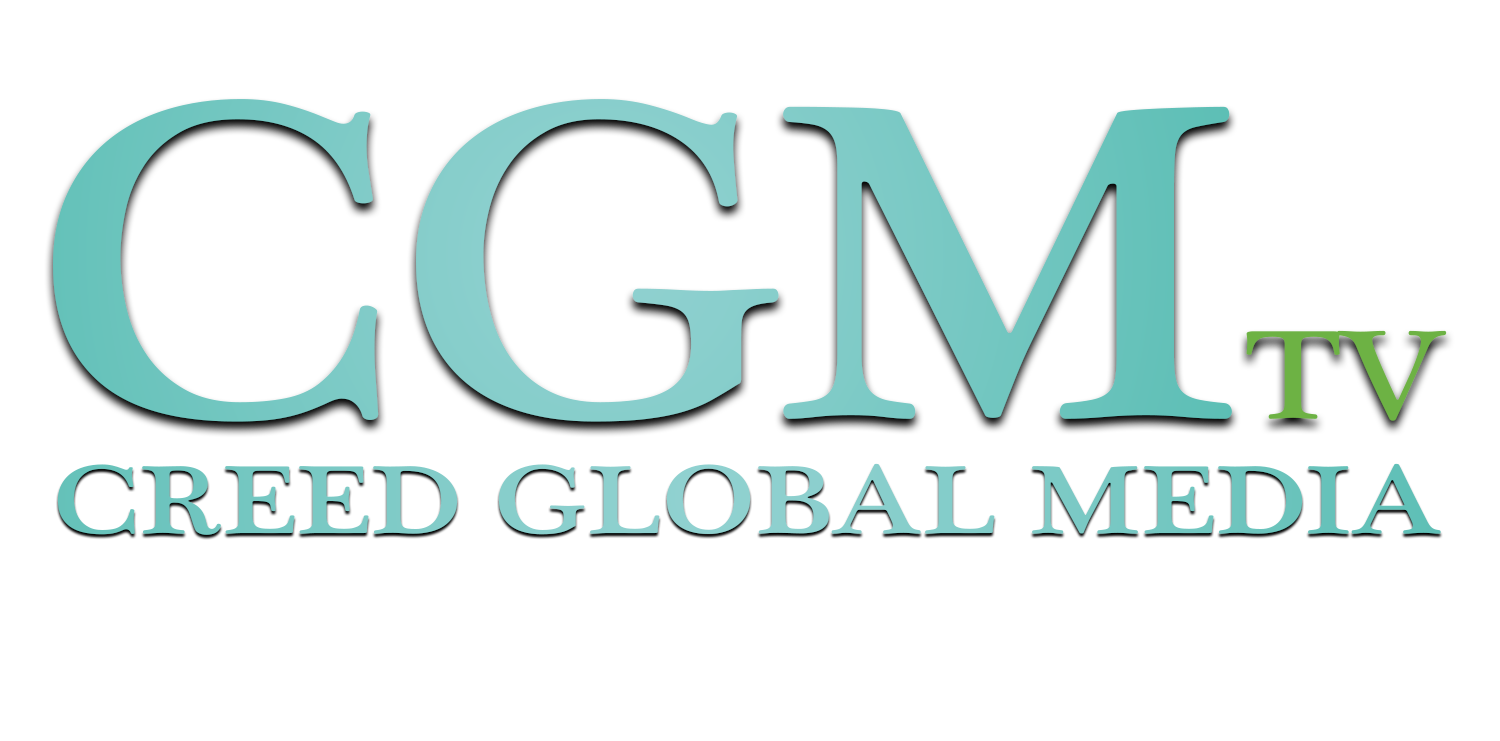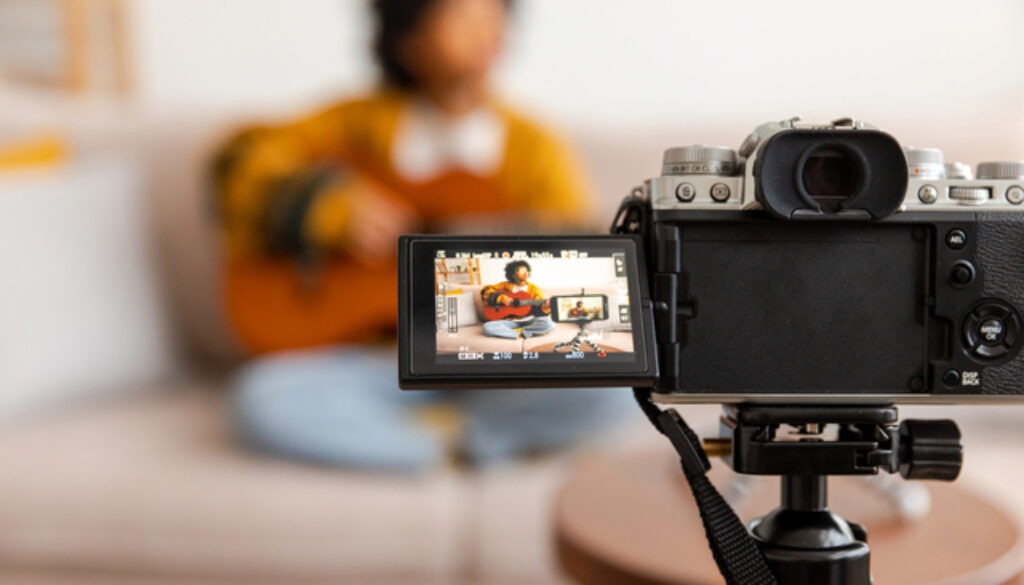The Truth About Platform Dependency and How to Build Your Own Media Platform
In today’s creator economy, content is currency. But while millions of creators work tirelessly to produce video, audio, and written content, most of them do so under one deeply flawed assumption: that the platforms they rely on will continue to serve them indefinitely.
The truth is, if you don’t own the platform, you don’t own the audience, the revenue, or the relationship.
Most creators operate within a fragile digital ecosystem controlled by algorithms, terms of service, and revenue-sharing models they didn’t create—and cannot control. These systems can limit your visibility, demonetize your content, or suspend your account without warning. Your work, your audience, and your income are ultimately in someone else’s hands.
That’s why building your own content platform is no longer a “nice to have.” It’s the cornerstone of long-term independence and sustainable success.
This article explains the hidden risks of relying on social media platforms and offers a detailed roadmap for how to build your own platform, own your content, and take control of your digital future.
What Is Platform Dependency—and Why Should You Care?
Platform dependency is what happens when a creator or business relies entirely on third-party platforms like YouTube, Instagram, Facebook, or TikTok to distribute content and engage with their audience. These platforms provide convenience and visibility, but at a hidden cost: control.
Here are the core problems with platform dependency:
- You Don’t Control Your Reach: Your visibility is determined by algorithms. These algorithms decide who sees your content, when they see it, and how often. A change to the algorithm—even a minor one—can significantly reduce your reach overnight, regardless of how many followers you’ve built.
- You Don’t Own Your Audience: Your followers and subscribers are connected to your account, not to you. If your account is banned, hacked, or flagged, you can lose your entire community instantly. There’s no direct line of communication unless you’ve built one outside the platform.
- Your Revenue Is Filtered Through Intermediaries: Even when monetization options are available, they come with strings attached. YouTube takes up to 45% of ad revenue. Patreon and Substack charge platform fees. And there’s no guarantee your content will remain monetizable. Demonetization can happen without warning or explanation
- Your Content Isn’t Fully Yours: Many platforms reserve the right to reuse, edit, or republish your content. That means the content you’ve spent hours or weeks producing can be used for other purposes without your consent or compensation.
- You’re Subject to Unpredictable Policy Changes: One day, a platform may favor video content; the next, it might push short-form audio. What worked last month might not work next month. If your strategy relies on someone else’s business model, then your business is just as unstable as theirs.
- Platforms Don’t Last Forever: Remember Vine? Google+? MySpace? These were thriving platforms—until they weren’t. Even popular platforms today face regulation and public scrutiny that could limit or eliminate their availability in certain regions.
When your entire content ecosystem is tied to one or two platforms, you are vulnerable to their demise.
The Alternative: Owning Your Platform
Platform ownership is the antidote to dependency. It means creating a digital infrastructure where you control the content, the audience interaction, the monetization, and the user experience. It allows you to build a brand ecosystem that works for you—not for a third party.
Here’s how to get started:
Step 1: Define the Purpose of Your Platform
Your platform should reflect your mission. What type of content do you produce, and who is it for? Will your platform offer education, entertainment, live events, coaching, or a combination?
Clarify your purpose before you build. For example:
- A filmmaker might need a streaming platform with episodic playlists and preview trailers.
- An educator may need structured modules with quizzes and assignments.
- A wellness coach might require a blend of live events, on-demand content, and community forums.
Understanding your “why” will help shape every future decision, from technology to content strategy.
Step 2: Choose the Right Technology Stack
Next, you’ll need to choose how your platform will be built. This includes selecting the right tools for:
- Website or app development
- Content management (CMS)
- Video hosting and streaming
- Payment processing
- User authentication and access control
- Analytics and audience insights
There are platforms that allow low-code or no-code development, while others require custom development work. It’s crucial to invest in tools that offer scalability and data ownership.
If you’re non-technical, consider working with a consultant or digital architect who can help configure your platform to align with your vision.
Step 3: Design the User Experience
Once your infrastructure is in place, it’s time to design the space where your audience will engage. This is more than aesthetics—it’s about usability, accessibility, and flow.
Structure your content with:
- Organized categories and subcategories
- Clear navigation menus
- Mobile-friendly responsiveness
- Search and filtering tools
- Personalized content recommendations
This is your opportunity to deliver a branded, immersive experience that no algorithm can interrupt or reshape.
Step 4: Build Direct Monetization Options
With your own platform, you have the power to implement custom monetization strategies that meet your goals and your audience’s expectations.
You might offer:
- Monthly or annual subscriptions
- One-time access to premium content
- Pay-per-view live events
- Product integration (courses, coaching, merchandise)
- Licensing or syndication of content to other outlets
The key difference here is control. You decide how and when you get paid—and how much you keep. You also have the ability to iterate your pricing models based on real data, not third-party constraints.
Step 5: Create an Audience Engagement Ecosystem
Now that you own your platform, you can build lasting relationships with your audience. Unlike social media, where followers can disappear overnight, your owned platform allows you to collect emails, preferences, and behavioral data that support deeper engagement.
Use tools like:
- Email newsletters and automation sequences
- Comment sections or forums
- Live Q&A sessions or webinars
- Direct surveys and feedback requests
These tools allow for two-way communication that builds trust, improves content quality, and increases audience loyalty.
Step 6: Maintain, Promote, and Evolve
A content platform is not a static website—it’s a living ecosystem. Keep it fresh by:
- Publishing new content on a regular schedule
- Monitoring analytics to refine content strategy
- Launching community campaigns or collaborations
- Investing in marketing strategies (SEO, email, events)
- Gathering feedback to improve the user experience
Your platform’s performance will improve over time, especially as you optimize for clarity, accessibility, and relevance.
Final Thoughts: You’re Not Just a Creator—You’re a Builder
In a world where platforms change policies without warning, creators can no longer afford to outsource control. If you’re producing content that educates, inspires, or transforms—your work deserves a permanent home.
Building your own media platform requires effort, but the return on that effort is significant. You gain full authority over your voice, your audience, your income, and your growth trajectory.
When you build something you own, you stop chasing algorithms and start creating value that lasts.







